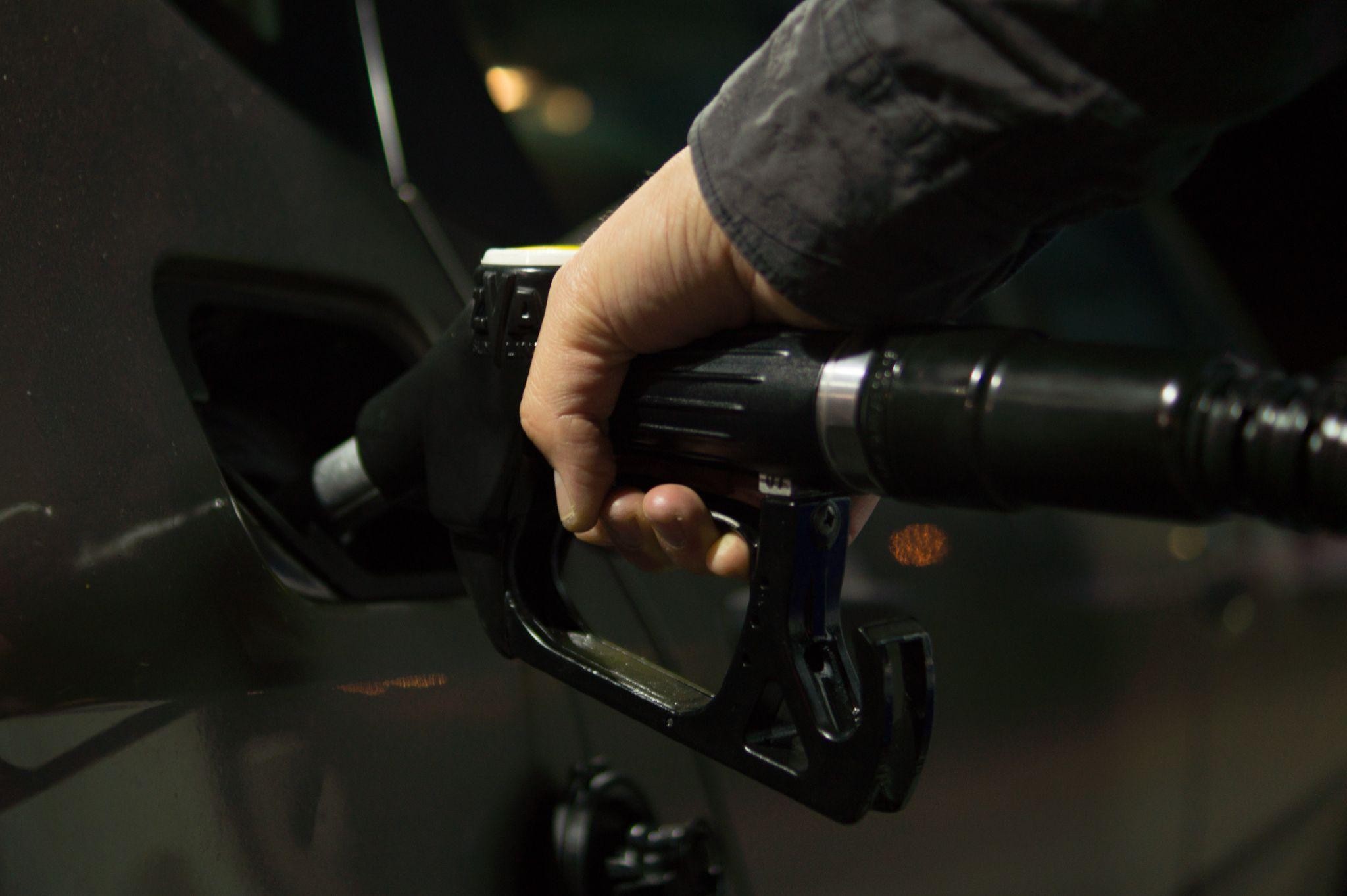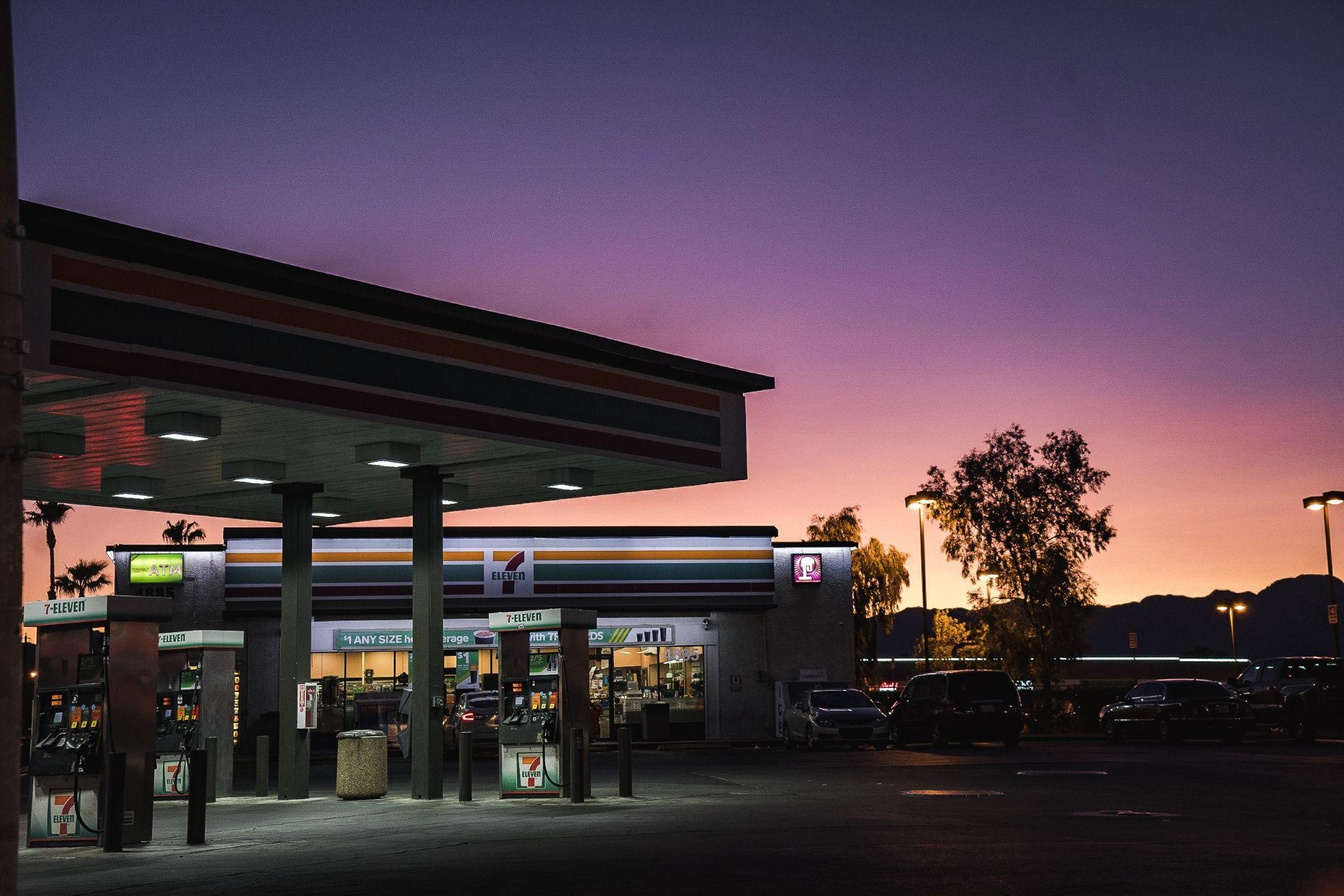Is Less Fuel More: Full Tank vs. Half Tank
By Andrea Nicole
Posted on Nov 16, 2021

Source : Pexels
Going places can be quite tough to do on your own, especially if it’s far. That’s why motor vehicles were invented—to provide a better, much faster alternative to simply using your feet.
As the years go by, fuel-powered cars have become almost a staple in any household. It’s practical, it’s useful, and it’s truly something that will make your life easier. Whatever reason you own a car for, it’s safe to say you find yourself stopping at a station for fuel.
It’s been a debate for quite some time as to how much fuel should be in your car at once. A lot of factors come into play, such as cost, consumption, and efficiency. This article will discuss exactly which is better, a full tank or a half tank.
Cost

Source : Pexels
Let’s face it, any kind of fuel is quite pricey. Not only that, it continues to go up in price each year. This definitely leads to more people trying to manage their expenses when it comes to fueling up their vehicles.
When adding fuel to your vehicle, there’s already a set price per liter of fuel you will fill up. Less fuel is equal to spending less, while more fuel equals having to put out a larger amount of cash.
But how much will you really save out of it?
At the time of filling up your car, you spend less money. This can be extremely beneficial when you can’t afford a full tank of fuel when you need to fill your tank.
Efficiency

Source : Pexels
It is said that less fuel means a lighter car, which means it would run easier. This is true to a certain extent. Suppose the fuel in your car only consists of roughly 5 percent of its total weight. By halving that percentage, the changes in consumption are almost unnoticeable.
While that’s all well and good, there’s also the factor of time. You’ll have to stop by a gas station twice as much as usual since you only have half a tank of fuel. Not only that, you must consider the fuel used to simply get to the gas station itself.
It may look relatively unimportant or irrelevant, especially when there’s gas stations everywhere. Those repeated trips, however, can also very much impact your personal life.
Constantly having a small amount of fuel in the tank is almost like walking on thin ice. Say there’s an important meeting to go to or an emergency with no time to stop for gas. That half a tank worth of fuel can be the difference between making it on time or being late.
If time is not that important, then it might be more appealing to you. If you’re someone who’s always on the go, however, it might be best to always fill your tank completely.
Consumption

Source : Pexels
The car and the fuel inside aren’t the only things that factor into how efficiently a car runs. Arguably the most important thing to consider is the driver themselves.
If you’re quite low on fuel, you might be more inclined to preserve what you have. Especially if there are no gas stations nearby, you wouldn’t want to take any risks. You would tend to drive slower and be more gentle on the accelerator.
Now suppose you have a full tank of fuel and are on a pretty empty road where you can go faster than usual.
Knowing that there’s fuel to burn, chances are you will step on the accelerator and go quite fast. This will certainly consume fuel at a higher rate than those slower than you.
Conclusion
Despite it being quite subjective based on each person’s liking, ultimately having a full tank of fuel is better. It saves more time, it’s cost-efficient, and its performance is almost identical to a half tank of fuel. Plus, you would need to worry less about going empty.
With that being said, always keep in mind that the drivers’ style is also important. Be sure to drive safely and defensively at all times; it’s good for your car and everyone else around you!

